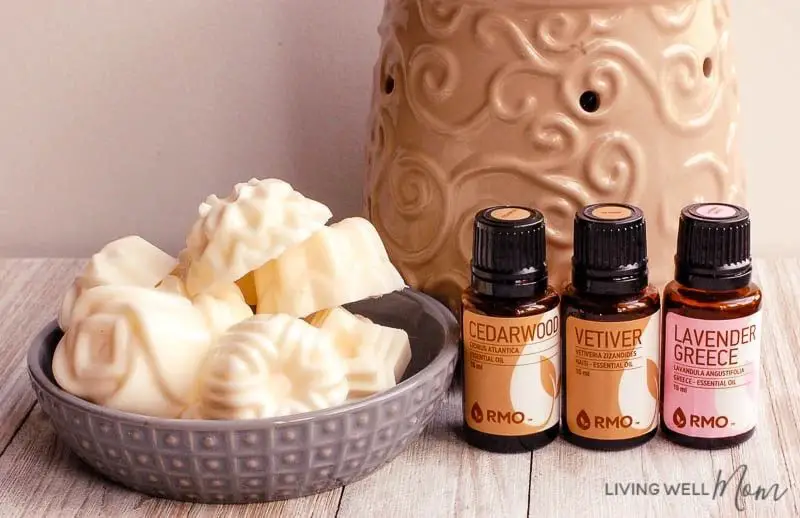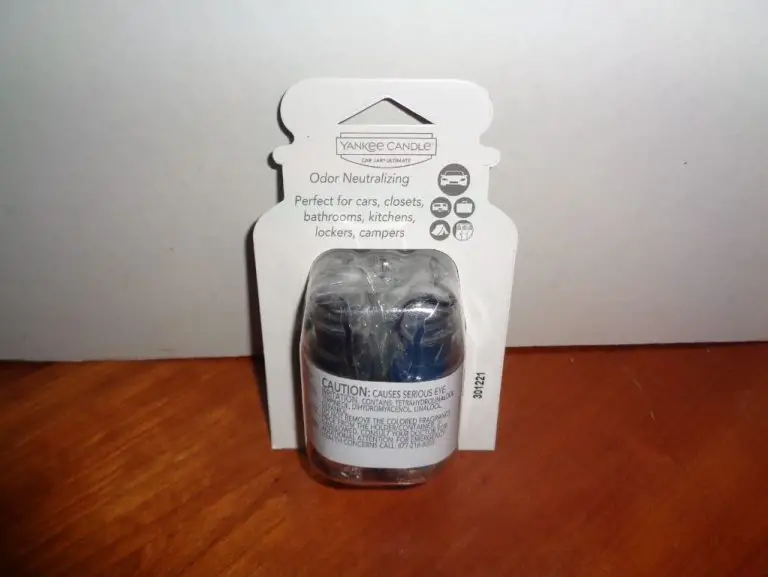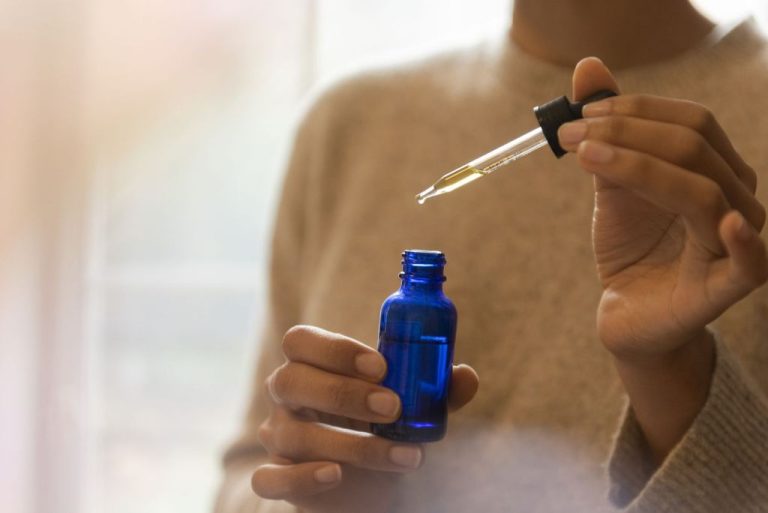Are Essential Oils Safe In Wax Melts?
Wax melts are scented pieces of wax that release fragrance when heated. They come in a variety of shapes and colors and do not require a wick like traditional candles. Wax melts are placed in a wax warmer, which gently heats and melts the wax to disperse the aroma into the air. They provide continuous fragrance without having to light a flame. Wax melts are popular for home fragrance because they are safe, mess-free, and offer many different scent options.
Essential oils are highly concentrated extracts from plants, including leaves, stems, flowers, bark, roots, or other parts. They contain the true essence and aroma of the plant and are made through distillation or mechanical methods like cold pressing. Essential oils carry the natural smell and chemical properties of their botanical source. Popular essential oils used in wax melts include lavender, eucalyptus, lemon, and peppermint.
Benefits of Using Essential Oils in Wax Melts

One of the main benefits of using essential oils in wax melts is for aromatherapy. The scents from essential oils can create a relaxing or uplifting atmosphere when dispersed into the air from a wax melt. Studies have shown that inhaling certain essential oils can reduce stress and anxiety levels. Lavender and chamomile oils, for example, have demonstrated calming effects that can lower stress hormones and heart rate (https://www.ncbi.nlm.nih.gov/pmc/articles/PMC3612440/). The pleasant aroma of essential oils from wax melts can also purify the air by masking odors and eliminating airborne bacteria and mold spores (https://www.ncbi.nlm.nih.gov/pmc/articles/PMC5206475/).
In addition to aromatherapy benefits, essential oils in wax melts allow for safe and easy diffusion compared to burning essential oils directly. The wax melt acts as a carrier for the oils, slowing dispersal into the air. This makes wax melts an ideal method for enjoying essential oil scents in the home without overpowering the space.
Potential Risks of Essential Oils in Wax Melts
While essential oils can add pleasant scents to wax melts, there are some potential risks to be aware of when using them:
Respiratory Irritation – Heating essential oils can cause them to become more concentrated and potent in the air. This can irritate the lungs and airways, especially for those with asthma or allergies. The effect is heightened in small, enclosed spaces. Diluting essential oils is recommended to reduce respiratory risks (DesktopTranquility).
Allergies – Many people have skin sensitivities or allergies to certain essential oils, which could be triggered by exposure through wax warmers. It’s important to do a skin patch test before using a new oil. Reactions may include rashes, hives, and irritation (SeraThena).
Toxicity – Some essential oils are toxic in high concentrations. For example, pennyroyal oil can cause organ failure (Poison Control). Using too much essential oil in wax melts, or inadequate ventilation, may potentially lead to dangerous toxicity levels.
How to Choose Safe Essential Oils
When selecting essential oils, look for oils that are therapeutic grade, organic, and from reputable brands. Therapeutic grade oils are pure, undiluted, and derived from the proper plant species. These oils deliver their beneficial properties and aroma1. Organic oils come from plants grown without pesticides or other chemicals. Reputable brands test their oils for purity and provide transparency around their sourcing and production methods.
High quality essential oils will list the Latin name of the plant species on the bottle, such as Lavandula angustifolia for lavender. The label should also note the plant part used, like leaves or flowers, and extraction method. Dark glass bottles protect the oils from light degradation. Avoid oils with rubber droppers as the rubber can degrade the oil. Look for brands that sell oils intended for aromatherapy rather than synthetic fragrance oils2.
When in doubt, do a sniff test. Pure, undiluted oils have a strong, characteristic aroma. If the smell is faint, chemical-like, or not typical of that oil, it may be diluted or synthetic3. With high quality oils, a little goes a long way.
Recommended Dilution for Wax Melts
When using essential oils in wax melts, proper dilution is crucial for safety. According to the Wholesale Botanics blog, “Always dilute essential oils in either water or wax before adding them to the wax warmer.”
As a general guideline, aim to dilute essential oils to 1-2% of the total mixture. For example, if making a batch of wax melts with 10 ounces of wax, use no more than 0.1-0.2 ounces (3-6 drops) of any single essential oil. You can use more essential oils overall by incorporating a variety of them at this dilution.
The Simply Earth blog also emphasizes the importance of dilution: “Always dilute an essential oil when using it on the skin. This essential oil recipe is unlikely to cause skin irritation when diluted properly.” By following safe dilution practices, you can enjoy the benefits of essential oils in wax melts safely.
Which Essential Oils are Safest
When using essential oils in wax melts, it’s important to choose oils that are safe for burning and inhalation. Some of the safest essential oils to use in wax melts include:
Lavender – Lavender essential oil is known for its calming, relaxing scent that can help reduce stress and anxiety. It is generally considered very safe to use in wax melts. According to Fontana Candle Co, lavender is one of the best essential oils for wax melts as its sweet floral aroma fills a room when melted.
Lemon – With its fresh, bright citrus scent, lemon essential oil is uplifting and refreshing. Lemon oil is also regarded as very safe for wax melts. However, according to Natural Sloth, lemon wax melts should be used in small amounts as the scent can be overpowering in an enclosed space.
Bergamot – This essential oil has a delightful citrusy-floral scent that creates a pleasant ambiance. Bergamot is commonly deemed safe for candle making, but some advise avoiding large amounts as the oil contains bergaptene which can be phototoxic. Using bergamot sparingly in wax melts is considered safe.
Chamomile – Known for its calming properties, chamomile essential oil has a mild, floral aroma. It is gentle enough for use on skin, making it a very safe choice for wax melts. According to Bear Natural Organics, chamomile is an excellent option for relaxing, aromatic wax melts.
Essential Oils to Avoid
Some essential oils are riskier than others when used in wax melts and should be avoided. The main oils to use caution with are wintergreen, cinnamon, and clove.
According to Are Wax Melts Safe, Wintergreen essential oil contains a high concentration of methyl salicylate, which can be toxic if too much is inhaled. It’s recommended to avoid wintergreen oil in wax melts or use it sparingly and properly diluted.
Cinnamon and clove oils are also very strong and can irritate airways, especially in pets and young children. As recommended by Fontana Candle Co., wax melts with cinnamon or clove oils should be used cautiously and in low dilutions. It’s best to avoid using these oils altogether in wax warmers placed in common areas of a home.
Proper Usage and Storage
When using essential oils in wax melts, it’s important to follow proper usage and storage guidelines to ensure safety. Here are some tips:
Always follow the manufacturer’s instructions for melting wax and adding oils. Use the recommended dilution ratios. Over-concentrating oils can cause irritation or reactions (Snugscent).
Keep wax melts and essential oil blends out of reach of children and pets. The oils can be toxic if ingested (Village Wax Melts).
Never leave a wax melt burner unattended or use it as a nightlight. Turn it off when leaving the room or going to sleep (Snugscent).
Store unused wax melts containing essential oils in a cool, dark place with the lid tightly sealed. Light and heat can degrade the quality and potency of oils over time.
Allow wax melts to fully solidify before handling to avoid skin irritation. Use tongs instead of fingers when adding to or removing from melters.
Never burn wax melts that have hardened and lost their scent. The wax may not melt properly or disperse the oil correctly.
Signs of Sensitivity
Some people may experience adverse reactions when exposed to essential oils, especially at high concentrations. Common signs of essential oil sensitivity include:
Headaches – Inhaling large amounts of essential oils can sometimes trigger headaches or migraines in sensitive individuals. This is often seen with strong-smelling oils like eucalyptus, peppermint, and lemon.[1]
Nausea – Nausea or upset stomach is another common reaction, as some essential oils can irritate the stomach lining if ingested or inhaled in excess. Oils like peppermint, lemon, and cinnamon are frequent causes of nausea.[2]
Rashes – Topical use of essential oils may lead to red, itchy rashes in people with sensitive skin. This is usually due to a reaction between the oil compounds and skin proteins. Oils most commonly associated with rashes are lavender, tea tree, and citrus oils.[3]
Diluting oils properly, avoiding excessive inhalation, and doing a skin patch test can help prevent adverse reactions in sensitive individuals. Discontinuing use and seeking medical treatment for severe symptoms is advised.
[1] https://www.healthline.com/health/essential-oil-allergic-reaction
[2] https://www.verywellhealth.com/allergy-to-essential-oils-83218
[3] https://www.dulyhealthandcare.com/health-topic/essential-oils-and-your-health
Summary and Recommendation
In summary, essential oils can be safely used in wax melts when certain precautions are taken. The key points are:
- Dilute essential oils properly, following recommended guidelines for wax melts.
- Carefully research and select only essential oils that are considered safe for inhalation.
- Avoid essential oils that are known skin sensitisers or irritants.
- Store wax melts properly and keep out of reach of children and pets.
- Discontinue use if any irritation or sensitivity occurs.
Following these guidelines, most people can safely enjoy the benefits of essential oils in their wax melts. However, each individual is different. It’s recommended to test a small amount first before diffusing any new essential oil blend.
When used appropriately, essential oils can provide pleasant and uplifting aromas from wax melts. Take reasonable precautions, and they can be an enjoyable addition to your home fragrance.




